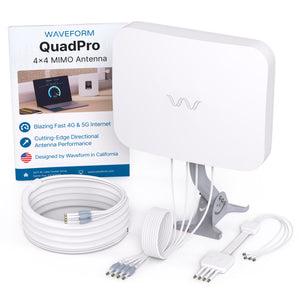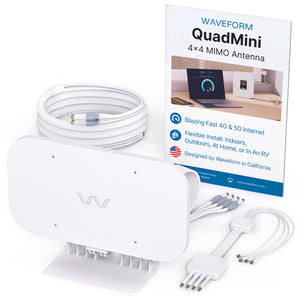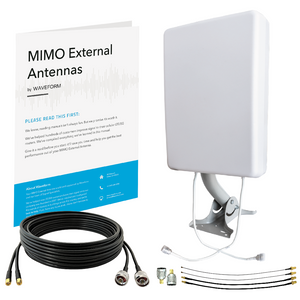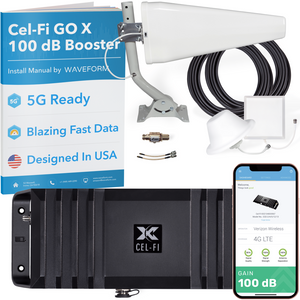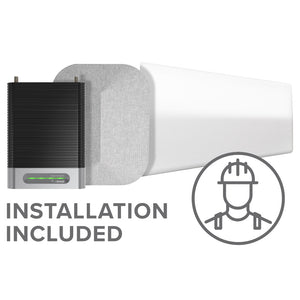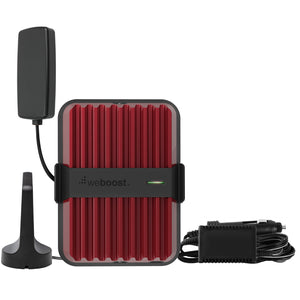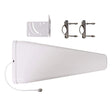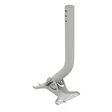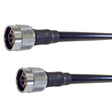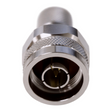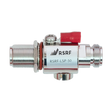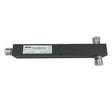Last week the FCC announced the biggest batch of proposed changes to its 2013 rules since their original release. While most of the changes likely won't go into effect for at least a few months, they herald meaningful updates to the commission's signal booster regulations.
Summary of Announcement
The document released last week actually has two components: a "Report and Order" along with a "Further Notice of Proposed Rulemaking."
The "Report and Order" component of the announcement makes one change, effective immediately: it removes the "personal use" restriction on "provider specific" boosters.
The "Further Notice of Proposed Rulemaking" seeks comments from the public and industry on four proposed changes to the signal booster rules. It asks the following questions:
- How the booster rules can be streamlined to make embedding boosters in vehicles easier
- Whether the "personal use" restriction should be removed on wideband boosters
- Whether to authorize non-subscribers to operate consumer-grade signal boosters
- Whether the booster rules should be expanded to allow amplifications of three additional frequency bands in addition to the current five (700 MHz, 850 MHz, 1900 MHz, and AWS bands)
Background
The 2013 rules divided cellular boosters into two categories: consumer boosters and industrial boosters. Industrial boosters require explicit carrier permission prior to operation (typically in the form of a retransmission or rebroadcast agreement), whereas consumer boosters do not.
Consumer boosters are further divided into two categories. Provider-specific boosters are narrowband devices that only amplify the signals of a single carrier. Wideband boosters amplify entire bands, including any carriers operating on blocks within those bands.
The "personal use" restriction was added as a last-minute provision of the 2013 rules, and has led to much confusion in the industry. The term is poorly defined, and hasn't led to any real world changes to hardware or how these devices are sold.
The change to remove the "personal use" restriction was initiated by Wilson Electronics (weBoost), who first petitioned the FCC to make the change in December 2016. The request was met with almost entirely with support, with comments posted by Sprint, the Telecoms Industry Association, UPS, and Enterprise Wireless Alliance.
However, some concern was express Nextivity, the manufacturer of the Cel-Fi line of products. Cel-Fi is the only manufacturer of provider-specific devices, and while they supported the removal of the personal use restriction for that class of devices, they warned that removing the personal use restriction on wideband consumer devices could be problematic. In particular, they cited issues with downlink intermodulation, capacity planning, and increased burdens for carrier support teams.
In our own comments to the FCC, we strongly disagreed with Nextivity's comments, going as far as calling them "anti-competitive." The technical merit of the arguments is questionable, and the fact that they stand to benefit so greatly from the removal of the personal use restriction on one class of devices makes them suspect.
What last week's Report and Order means
The main change that was made last weak is the removal of the personal use restriction on provider-specific boosters. However, that restriction is poorly understood and mostly ignored by manufacturers, customers, and carriers. Its removal may make some enterprise customers more comfortable purchasing provider-specific devices, but the reality is that the removal of the personal use restriction makes little real-world difference. Cel-Fi has been selling their Quatra product line, which clearly targets enterprise users, for quite some time. Similarly, Wilson, SureCall and HiBoost all have products targeting the enterprise market.
Proposed rule changes
The more exciting component of last week's announcement was the Further Notice of Proposed Rulemaking. We dig into each component below, but the first component is by far the most interesting.
Addition of extra bands
As cellular services are rolled out to new frequencies, bringing the signal boosters rules up to date is critical.
The FCC is seeking comment on allowing consumer boosters to additionally amplify the 600 MHz (617-652 MHz and 663-698 MHz), WCS (2305-2320 MHz and 2345-2360 MHz), and BRS/EBS (2495-2690 MHz) bands. The 600 MHz band is mostly used by T-Mobile, while the WCS band is mostly used by AT&T, and the BRS/EBS band is primarily used by Sprint.
The addition of new bands is crucial to keeping boosters relevant, particularly as 5G technologies begin being rolled-out. The upcoming 5G networks will incorporate mmWave bands that operate at much higher frequencies than current bands. Those higher frequencies will have an even harder time penetrating buildings than current frequencies. Given the attenuation levels at those frequencies, getting mmWave signal into buildings from outdoor macros and small cells will be near impossible. If 5G is to provide in-building coverage, updating regulations to allow boosters will be critical.
Embedded boosters for vehicles
The original rules were written with off-the-shelf boosters in mind, and some of the provisions do not easily translate to embedded boosters. For example, the labeling requirement (the booster itself and packaging must be labeled) does not make much sense in an vehicular context.
In a world where both the automobile's electronics and user's phones require signal, embedding boosters makes a lot of sense. Some of the most popular uses of signal boosters are in trucks and RVs. One can easily imagine manufacturers embedding devices so that user's don't need to purchase any separate equipment.
The FCC's suggests allowing the warning labels to be placed in the vehicle's manual, and asks for ideas around how device registration with carriers should work. While these aren't the most exciting changes, they're definitely necessary and we expect to see increasing use of boosters in vehicles.
Removal of Personal Use restriction for broadband boosters
This seems like a common-sense change to us. The personal use restrictions are both mostly-ignored and poorly defined. The FCC is asking for comments on whether any additional technical issues would arise from removal of this restriction, and the answer, in our opinion, is no. Why would booster use by enterprises be any different than "personal" use? As the FCC notes, there has not been a single report of a consumer-grade booster causing issues for carriers.
Authorizing non-subscribers to operate consumer-grade signal boosters
At the moment, you technically require an account with a carrier in order to register and operate a booster. However, as the FCC and carriers have noted, "interference to wireless networks [is] almost nonexistent" from consumer-grade boosters licensed with the Network Protection Standard. They propose allowing non-subscribers to purchase and register their devices with carriers, which, given the current situation, seems reasonable.























